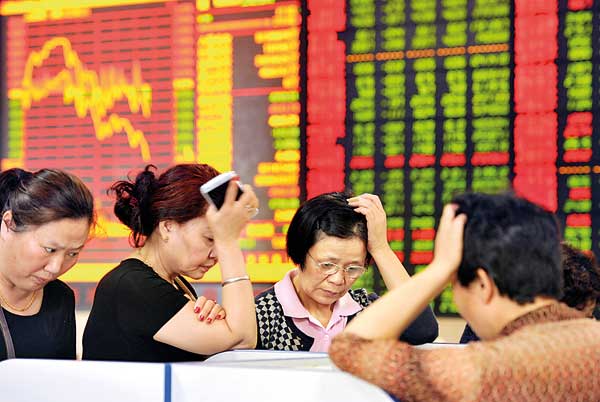27 Aug 2015 - {{hitsCtrl.values.hits}}


.jpg) The final sneeze was just last week when a key manufacturing factory activity indicator – the Caixin-Markin Purchasing Managers Index (PMI) fell to its most pessimistic level since the global slowdown in 2009 – a 77-month low of 47.9 (PMI below 50 on the 100 point scale indicates a decline). All of mini-sneezes combined to send jitters across the global economy, and since Friday last week the global economy has been sniffling. The full-blown cold came on Monday – now dubbed ‘Black Monday’ where nearly all major markets saw declines not seen since the onset of the global finance crisis.
The final sneeze was just last week when a key manufacturing factory activity indicator – the Caixin-Markin Purchasing Managers Index (PMI) fell to its most pessimistic level since the global slowdown in 2009 – a 77-month low of 47.9 (PMI below 50 on the 100 point scale indicates a decline). All of mini-sneezes combined to send jitters across the global economy, and since Friday last week the global economy has been sniffling. The full-blown cold came on Monday – now dubbed ‘Black Monday’ where nearly all major markets saw declines not seen since the onset of the global finance crisis. .jpg)
26 Nov 2024 6 hours ago
26 Nov 2024 7 hours ago
26 Nov 2024 8 hours ago
26 Nov 2024 9 hours ago
26 Nov 2024 9 hours ago